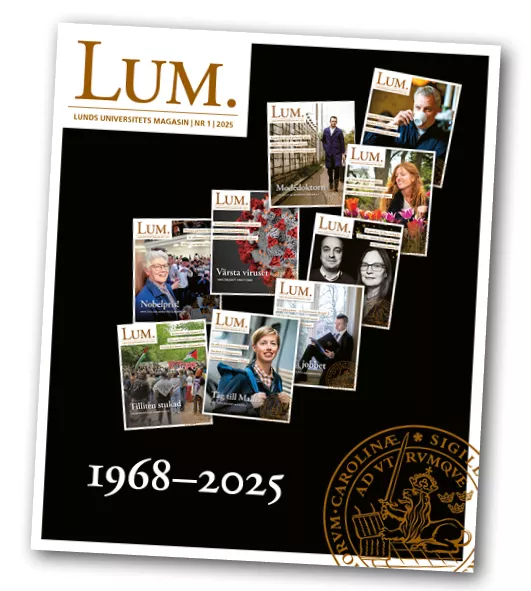“In all educational situations, such as lectures, seminars and group work, I have access to sign-language interpreters. I also receive note-taking support, which is particularly important since I can’t take notes while I am concentrating on the interpreter,” says Julia Grahn.
All things considered, Julia Grahn feels that the University’s assistance is satisfactory and meets her needs. There are certain things that she feels are problematic, however:
“Being the only deaf student in a hearing class can be challenging.”
Julia Grahn would like more interaction with other students who find themselves in a situation similar to her own.
Some things could improve
“It would be great if the University could create a meeting place for deaf students. A shared platform, or a network, which would enable the exchange of experiences and support. I also think that such a network could contribute to a more inclusive and supportive study environment.”
Traditional student life is something Julia Grahn finds difficult to participate in – it is easier to socialise with those who speak the same language as she does.
“I am not particularly involved in student life, since I live in Malmö and I prefer to socialise with other deaf people so that I can use sign language, my first language. I also have regular contact with other friends who are deaf too, but are studying elsewhere,” she says.
Julia Grahn will complete her studies in sociology in spring 2024. She is currently writing her Bachelor’s essay in the subject.
The culture of silence
“I am writing about the culture of silence among deaf people when it comes to reporting sexual assault. Since deaf people live in a small community, it can be more difficult to dare to report someone else who also happens to be deaf.”
In the future, Julia Grahn wants to work with social issues of some description.
“I look forward to investigating different career opportunities within the sector and we will have to see what jobs turn up. I am particularly passionate about promoting gender equality.”
Increased need
Cilla Riber Alm is one of the sign-language interpreters who work with deaf students at Lund University. The increased need for interpreting is something she has noticed in the sheer number of students she is working with.
Cilla Riber Alm explains that there are usually two interpreters in place during lectures.
“We relieve each other every fifteen minutes or so because simultaneous interpreting demands a lot of concentration.”
A lot of preparation
The interpreting also requires a great deal of preparatory work, and Cilla Riber Alm likes to have read up before interpreting a lecture.
“When I get the lecturer’s presentation in advance, that makes my interpretation better. It means I have time to think about the choice of signs and difficult concepts,” she says.
In order for the student to benefit from the education in the best possible way, a good collaboration is needed between sign language interpreters and lecturers, as well as between interpreters and students.
“Since we interpreters often work with the same students for several years, we get to know each other fairly well. It becomes like a close colleague relationship. That relationship and the collaboration are important in order for the interpreting situation to be as good as possible,” says Cilla Riber Alm.
Interpreted the medical programme
Group work, seminars and exams are interpreted, as well as lectures. In certain cases, such as exams, the interpreter attends because even if it is not an information-rich situation, it cannot be ruled out that information will be provided orally that the student has the right to access.
Cilla Riber Alm recalls that the most fun thing she has interpreted – as well as the most difficult – is the medical programme.
“I have interpreted the entire programme, and I learned incredible amounts over those years. And I have never read up as much before lectures as I had to then.”







